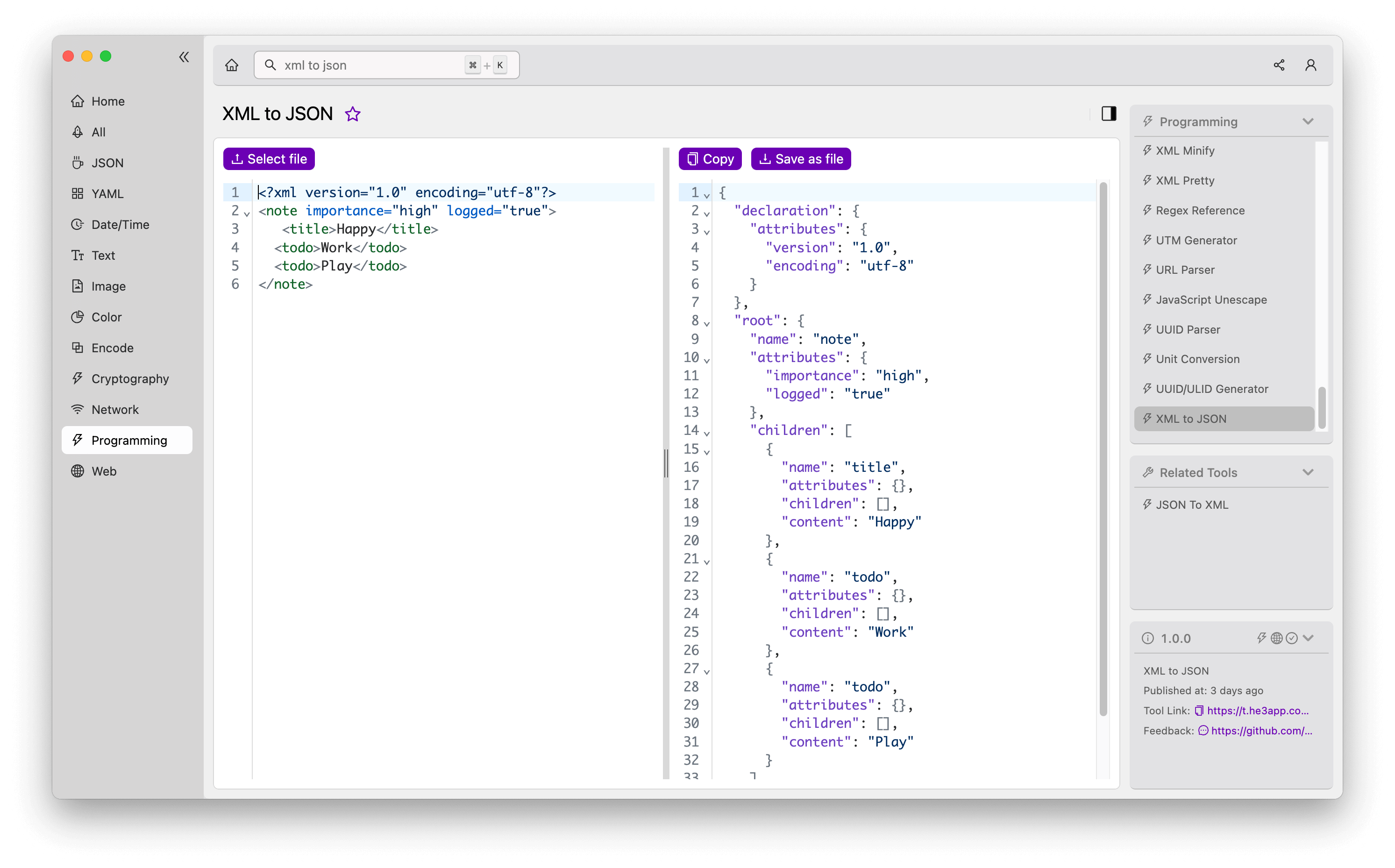Introduction
XML and JSON are both widely used data interchange formats in software development. They are similar in many ways, but each has its own advantages and disadvantages. In this article, we will explore the concept of XML JSON, how it works, its key features, scenarios for developers, common misconceptions, and frequently asked questions.
What is XML JSON?
XML stands for “Extensible Markup Language” and JSON stands for “JavaScript Object Notation”. They are both used to represent data in a structured format that can be easily parsed and understood by software applications. XML uses tags to identify elements, while JSON uses key-value pairs. Both formats are used in web services, APIs, and data storage.
Comparing Syntax of XML and JSON
XML:
<?xml version="1.0" encoding="UTF-8"?>
<book>
<title>Harry Potter and the Philosopher's Stone</title>
<author>J.K. Rowling</author>
<year>1997</year>
</book>JSON:
{
"title": "Harry Potter and the Philosopher's Stone",
"author": "J.K. Rowling",
"year": "1997"
}Key Features of XML JSON
| Key Features | XML | JSON |
|---|---|---|
| Syntax | Strict | Loose |
| Self-Describing | Yes | No |
| Attributes | Yes | No |
| Easy to Read | No | Yes |
| Overall Size | Large | Small |
Scenarios for Developers
XML and JSON can both be used in a wide range of scenarios, such as:
- Web services: Both formats can be used to send data between different web applications using APIs.
- Data storage: XML and JSON can both be used for data storage, depending on the requirements of the application.
- Configuration files: XML and JSON can both be used in configuration files for applications.
Misconceptions about XML JSON
One common misconception is that XML is always more verbose than JSON. While XML can be more verbose in some cases, it also provides more ways to structure and represent data. Another misconception is that JSON is always faster than XML. While JSON can be faster in some scenarios, this is not always the case and depends on the specific application and use case.
Frequently Asked Questions about XML JSON
Q: Can XML and JSON be used interchangeably?
A: While it is possible to convert between XML and JSON, they are not interchangeable. Both formats have their own strengths and weaknesses, and which one to use depends on the needs of the application.
Q: Which format is better for performance?
A: This depends on the specific application and use case. JSON is often faster for simple data structures, while XML provides more options for structured data.
Q: Can I use XML and JSON together in the same application?
A: Yes, it is possible to use both formats in the same application. In some cases, it may be useful to use one format for some parts of the application and the other for other parts.
Q: How to use XML JSON tool?
A: Or you can use XML json tool in He3 Toolbox (https://t.he3app.com?ywpi) easily.

Conclusion
Overall, both XML and JSON are powerful tools that can be used in a wide range of scenarios. Understanding their strengths, weaknesses, and use cases is key to choosing the right format for your application. By exploring their features, syntax, misconceptions, and frequently asked questions, developers can make informed decisions about when to use XML or JSON.
References: